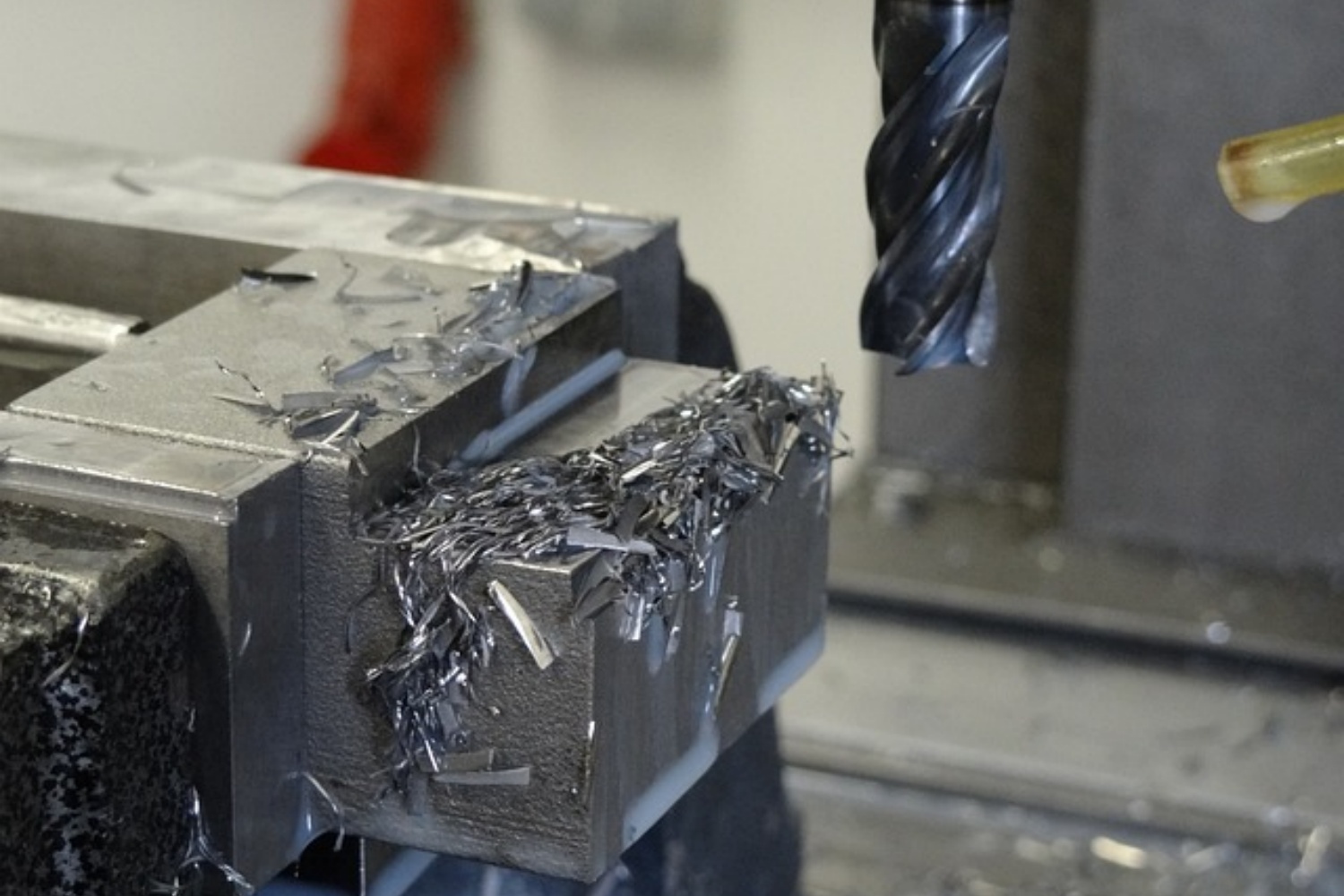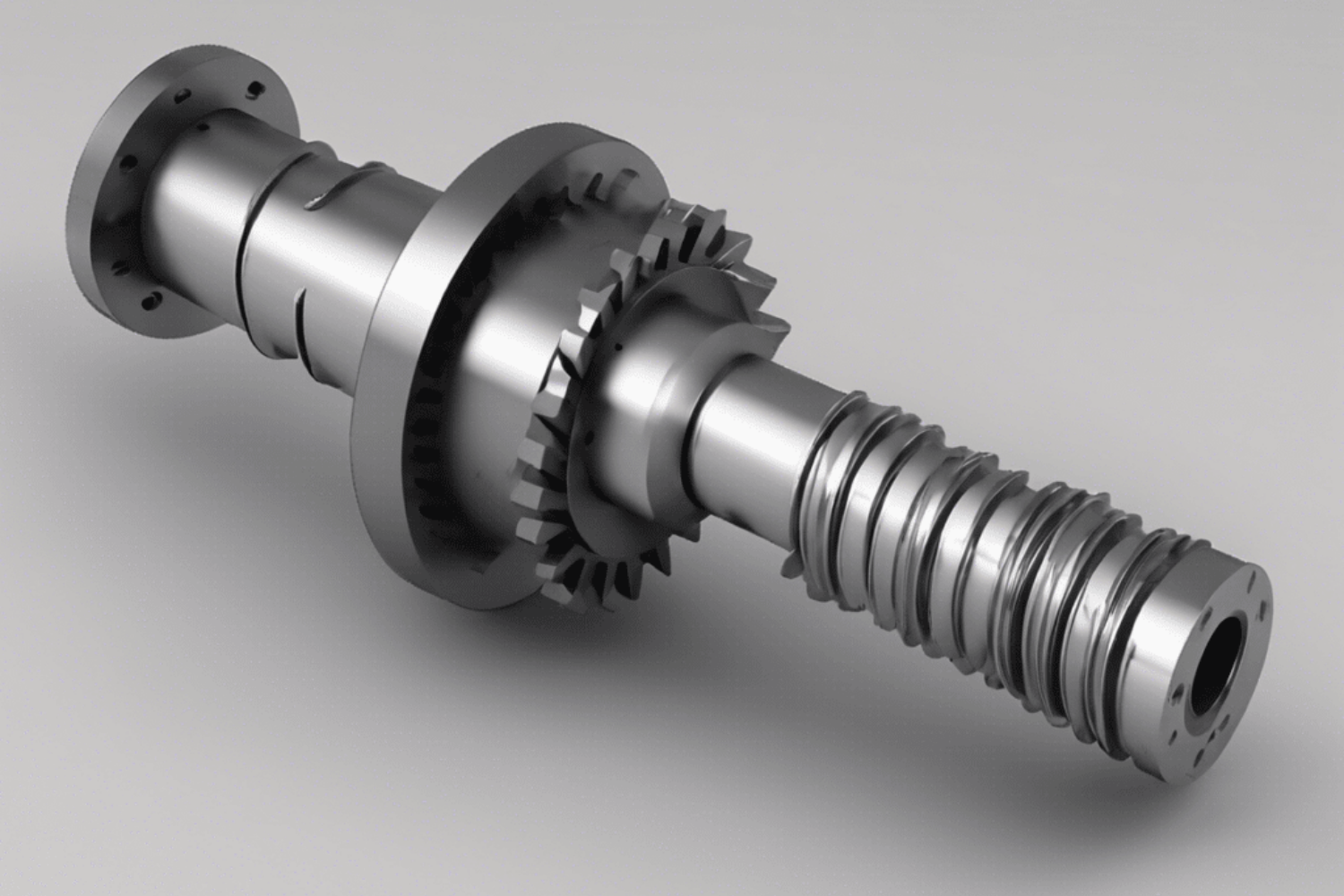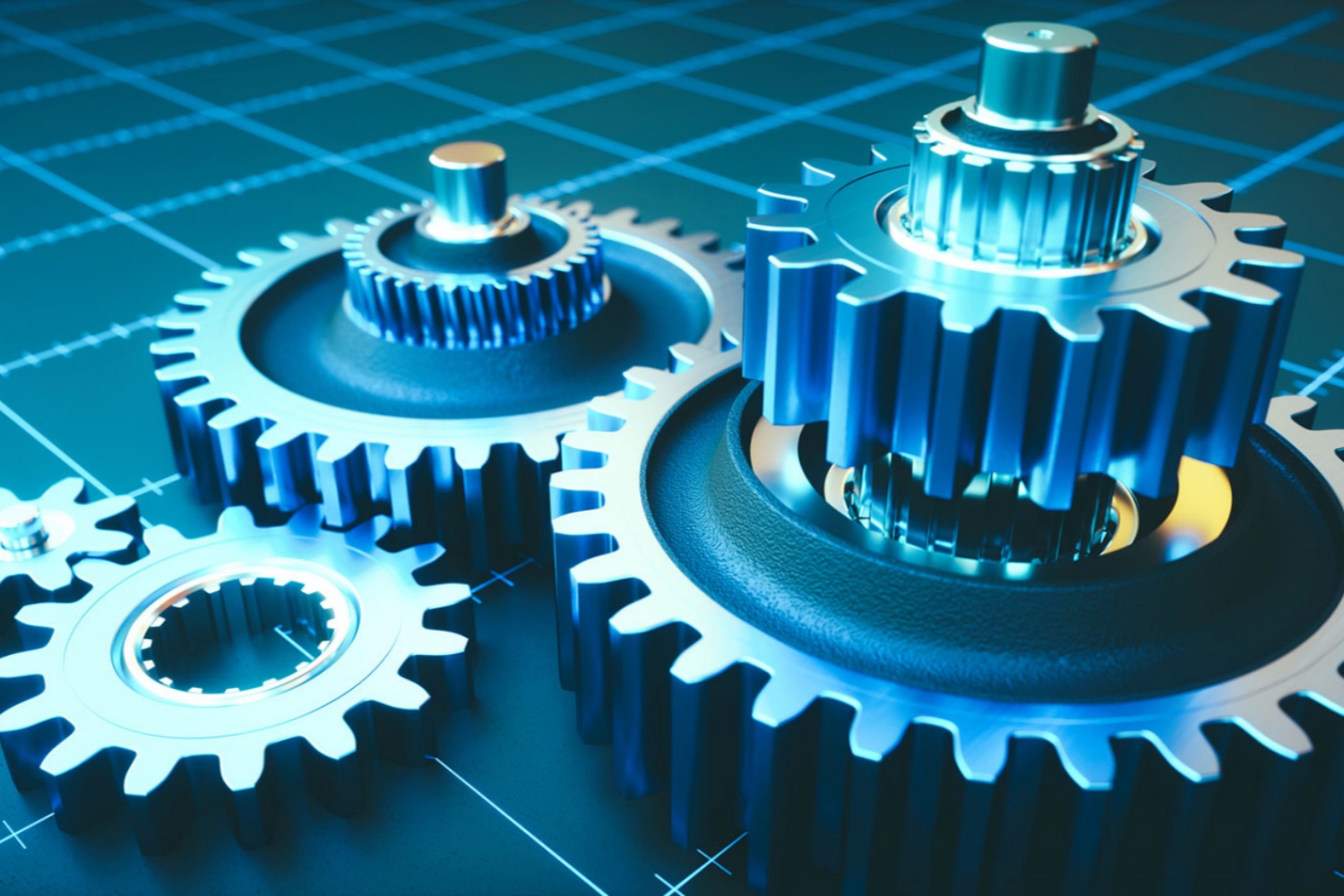Double-shaft pulleys play a vital role in numerous industrial applications, enabling the efficient transfer of power and motion between two parallel shafts. With their unique design and functionality, these pulleys offer distinct advantages in terms of versatility, load distribution, and system synchronization. In this article, we will delve into the essential role of double-shaft pulleys in industry and explore the key benefits they bring to various applications. From enhancing power transmission capabilities to enabling precise speed control, double-shaft pulleys have become indispensable components in modern industrial machinery.
Enhanced Power Transmission:
One of the primary functions of double-shaft pulleys is to facilitate power transmission between two parallel shafts. By connecting the input and output shafts through a belt or chain, these pulleys enable the transfer of rotational force and torque. The dual-shaft configuration allows for increased power transmission capabilities compared to single-shaft pulleys. This feature is particularly advantageous in applications that require higher torque or involve heavy loads. Double-shaft pulleys effectively distribute the load between the two shafts, reducing strain and ensuring reliable and efficient power transmission.
Synchronization and Speed Control:
In certain applications, it is crucial to synchronize the rotational speed of two parallel shafts. Double-shaft pulleys enable precise speed control by maintaining a consistent speed ratio between the input and output shafts. This synchronization is essential in various industrial processes such as conveyor systems, machine tools, and printing presses. By utilizing double-shaft pulleys with different diameters or adjustable configurations, operators can achieve the desired speed ratio, allowing for efficient and synchronized operation of multiple components within a system.
Load Distribution and System Balance:
Double-shaft pulleys provide an effective means of distributing loads and balancing forces within a system. By using two parallel shafts, the load is evenly distributed between them, reducing the strain on individual components. This load distribution is particularly advantageous in applications that involve heavy or variable loads. The balanced operation ensures enhanced system stability and longevity by minimizing wear and preventing premature failure of components. Double-shaft pulleys also allow for the incorporation of tensioning mechanisms, ensuring optimal belt or chain tension and further improving load distribution and system performance.
Flexibility and Adaptability:
The design of double-shaft pulleys offers flexibility and adaptability to accommodate diverse industrial requirements. These pulleys can be configured with different diameters, groove profiles, or adjustable arrangements to achieve the desired power transmission characteristics. This versatility allows for customization based on specific application needs, such as adjusting speed ratios or accommodating different belt or chain types. Double-shaft pulleys can also be integrated into complex systems, allowing for the incorporation of additional components or auxiliary functions. This adaptability makes them suitable for a wide range of industries, including manufacturing, mining, agriculture, and transportation.
Conclusion:
Double-shaft pulleys play a crucial role in industrial applications by facilitating efficient power transmission, precise speed control, load distribution, and system balance. Their unique design and functionality make them indispensable components in various industries, where reliability, versatility, and synchronization are paramount. With their ability to enhance power transmission capabilities, achieve precise speed ratios, and distribute loads effectively, double-shaft pulleys contribute to improved efficiency, reduced downtime, and increased longevity of industrial systems. By leveraging the benefits of double-shaft pulleys, industries can optimize their operations, enhance productivity, and ensure the smooth functioning of machinery in diverse industrial settings.
CONTINUE READING
Related Posts
Machining plays a pivotal role in modern manufacturing, transforming raw materials into precise components essential for various industries. The process […]
Splined shafts are essential components in various mechanical systems, designed to transmit torque and rotational motion efficiently. Their unique design […]
In the realm of mechanical design and engineering, the choice between custom and standard gear sets is pivotal. This decision […]





